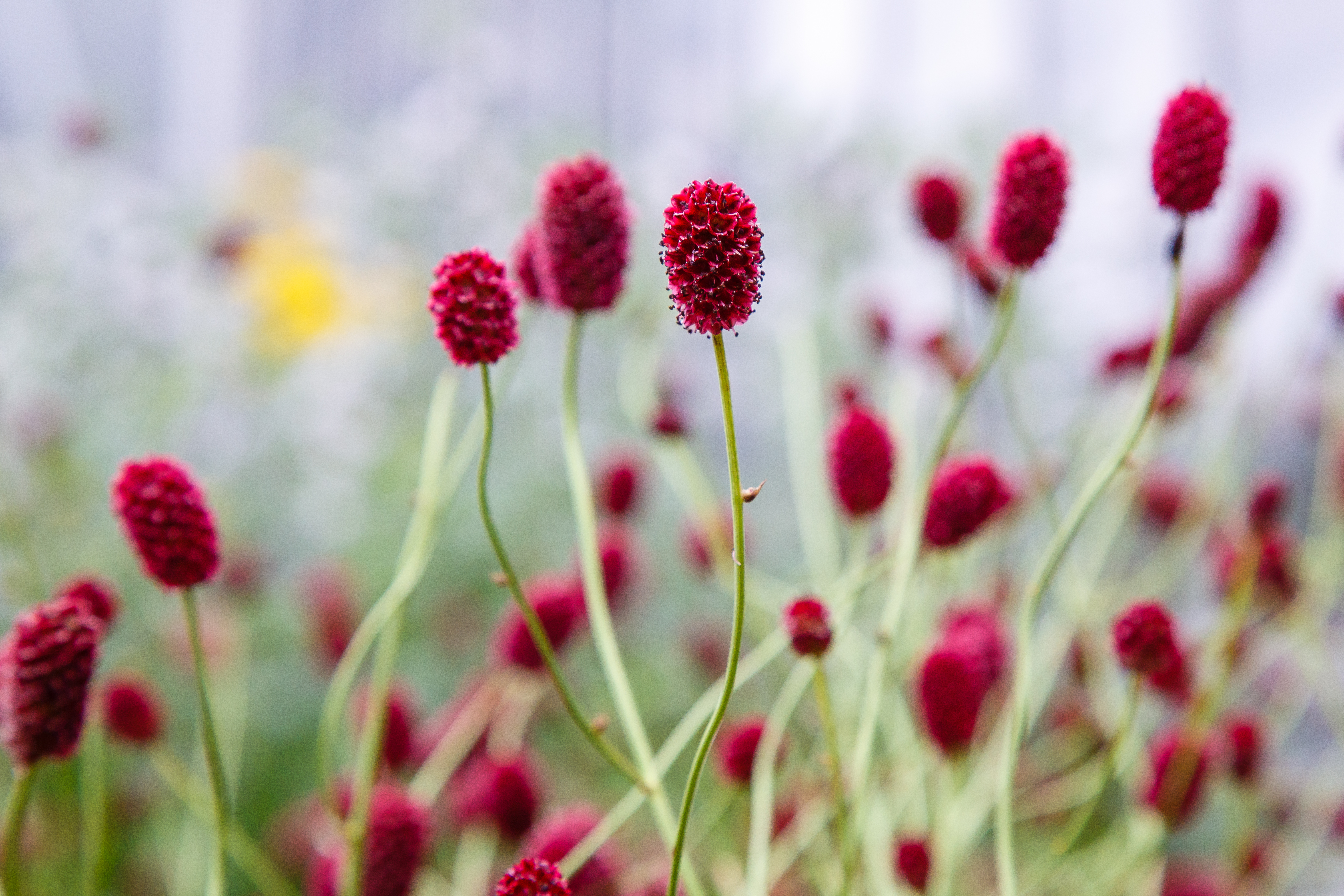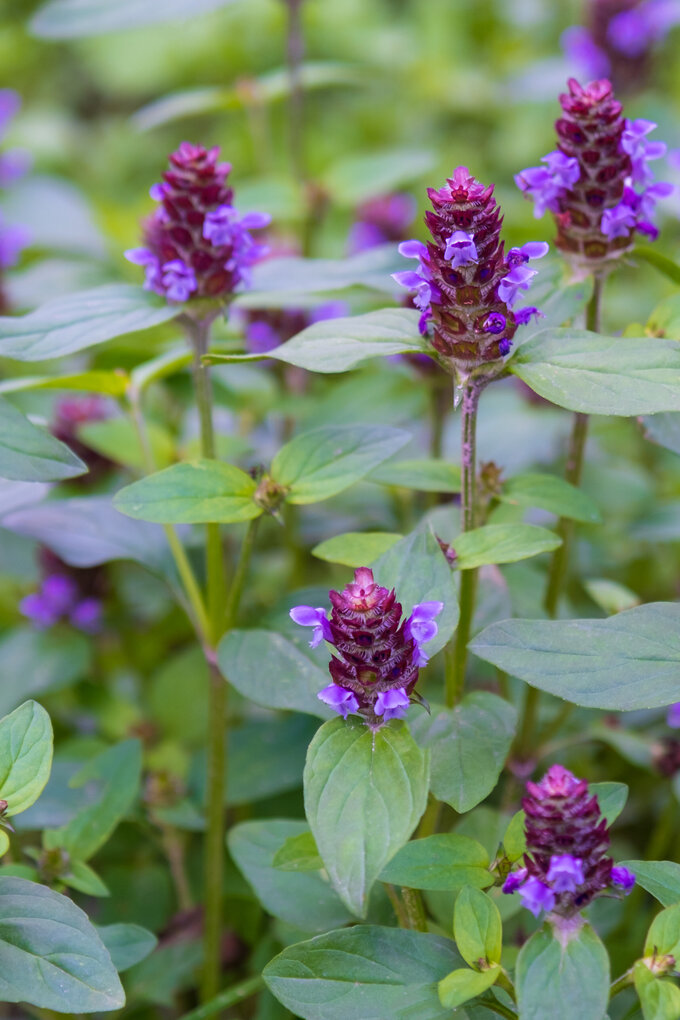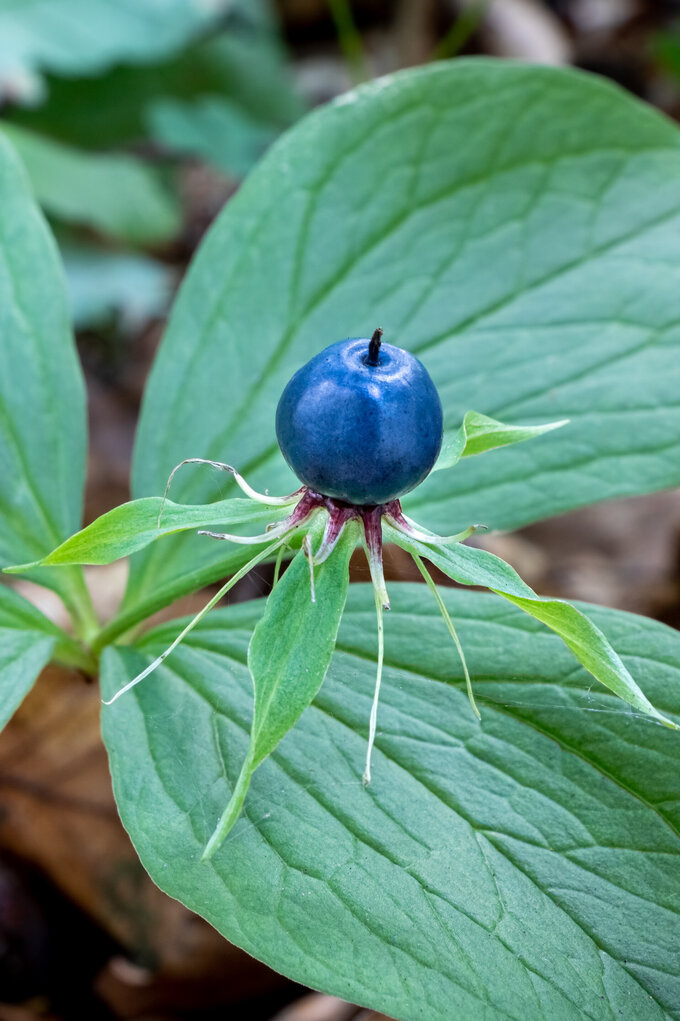Flower of the year 2021: the great burnet
The Loki Schmidt Foundation has named the great burnet flower of the year
Threatened home
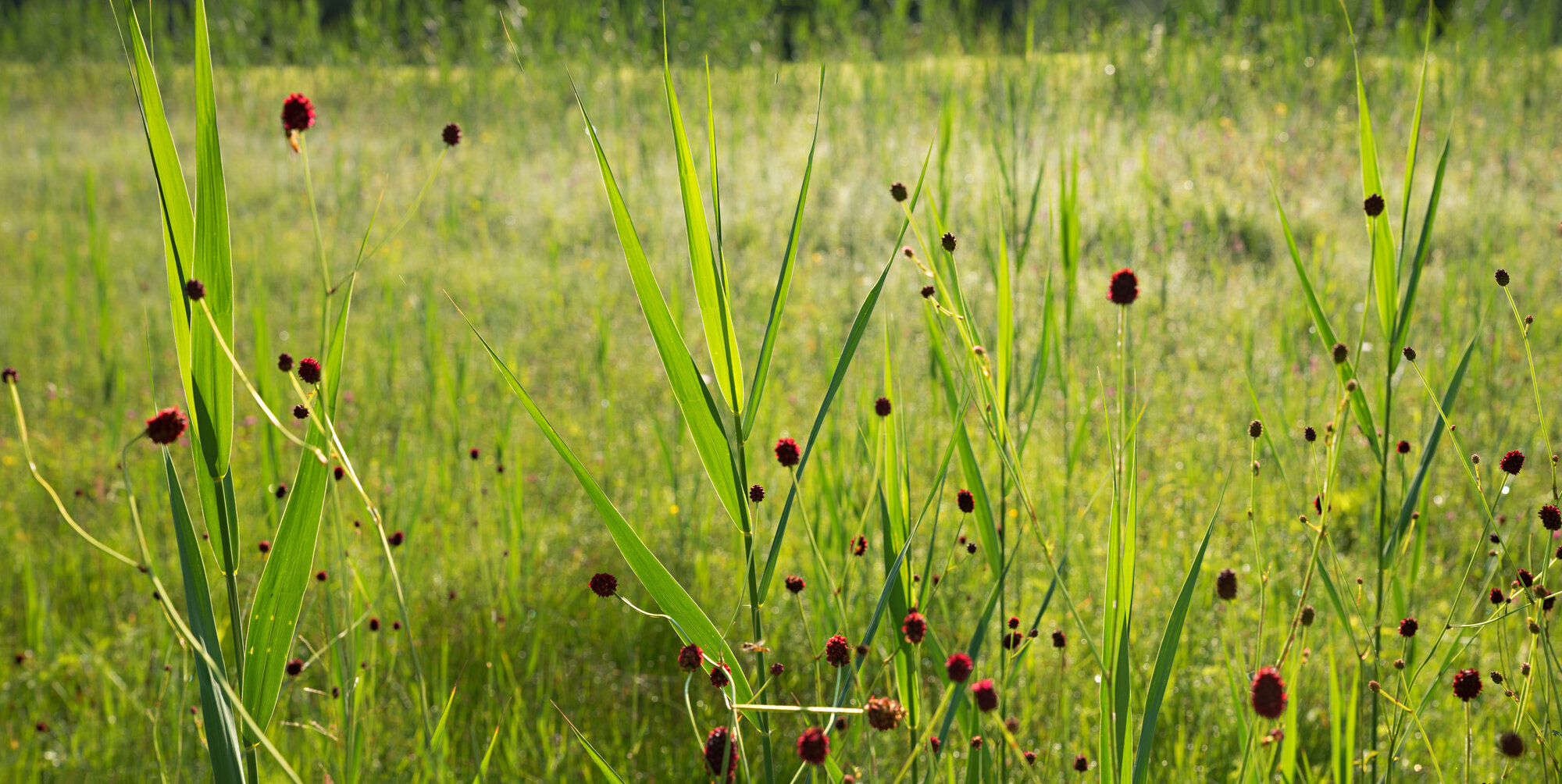
The great burnet, which belongs to the rose family, is at home on extensively used grassland. These sparingly used grassland areas are an important habitat for numerous animal and plant species, some of which are becoming increasingly rare.
These species-rich habitats used to be able to develop so well because these meadows and pastures were not used much and only mowed twice a year. However, over the past 50 years these areas and thus also the most species-rich habitats in the agricultural landscape have declined sharply. Extensively used grassland for classic hay production has become uneconomical these days, which is why it is more and more frequently being drained, used for intensive grazing or converted to arable land.
However, since the great burnet is dependent on such moist to wet, extensively used meadows and pastures, the population of the 2021 Flower of the Year is declining in tandem with the decline in extensively used grassland areas.
By selecting it to be the 2021 Flower of the Year, the Loki Schmidt Foundation also committed to preserving these species-rich habitats and would like to draw attention to the intensification of agriculture.

Breeding ground for butterflies
But it is not only the home of the great burnet and – thus its existence – that is threatened. The herbaceous plants are vital for the dusky large blue, a species of butterfly, because it lays its eggs in the fine flower heads.
Vegetable bloodsuckers
The great burnet also plays a role in herbal medicine. It is said to have a haemostatic and digestive effect. Its haemostatic properties can also be inferred from the name of its botanical genus, Sanguisorba (sanguis for blood and sorbere for sucking).
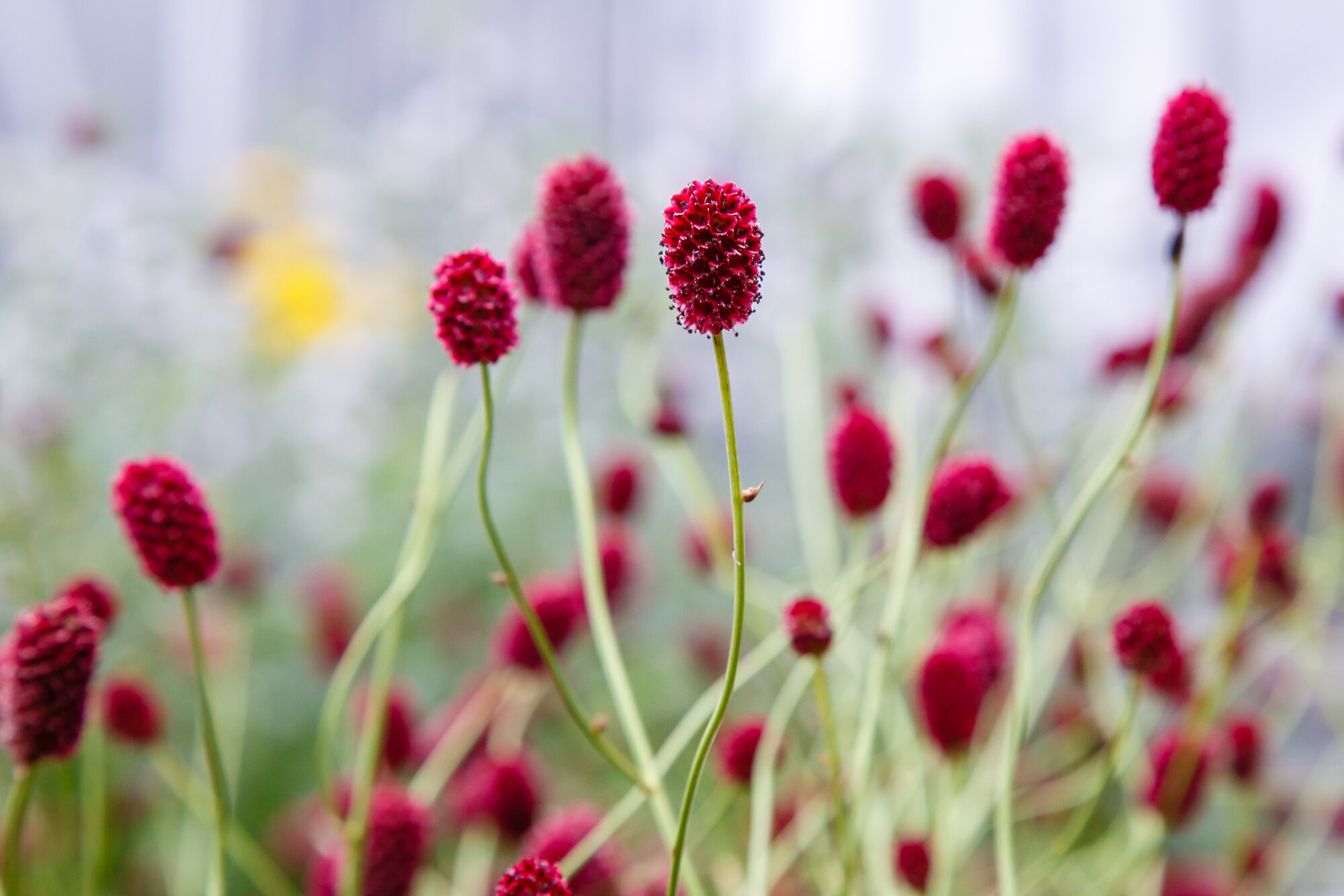
The Loki Schmidt Foundation is the Hamburg Nature Conservation Foundation and Foundation for the Protection of Endangered Plants with the aim of promoting the protection of nature and the countryside, as well as environmental education. The Flower of the Year campaign was launched in 1980 by Loki Schmidt (wife of former Chancellor Helmut Schmidt, who died in 2010). With this campaign, she wanted to draw attention to endangered wild plants.

